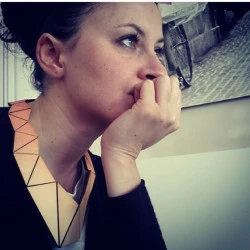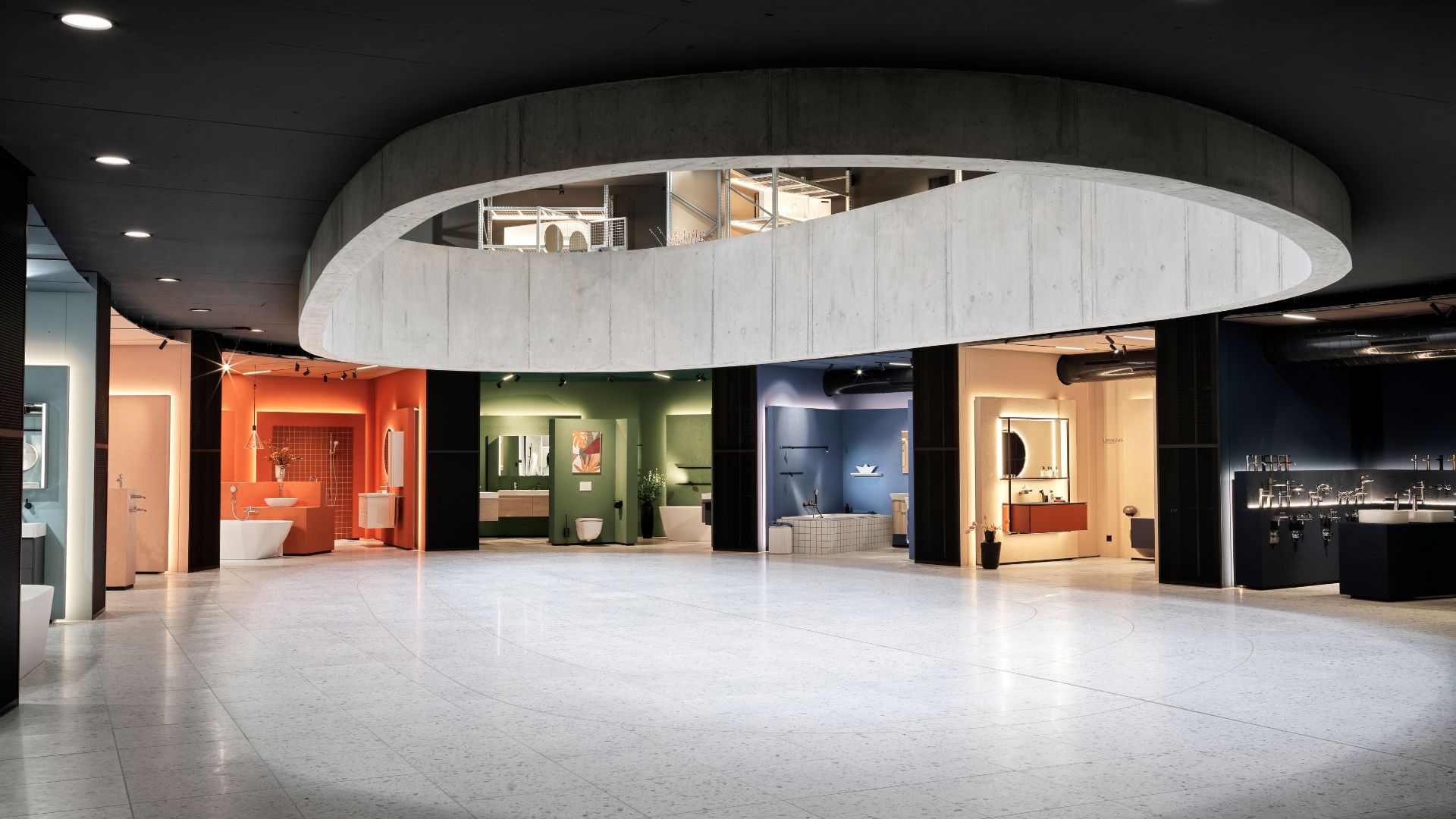Gae Aulenti, the Italian lady of architecture and design
Multifaceted and independent, one of the few Italian women to gain influence in architecture, Gae Aulenti was an artist trying to recognize her own identity.
While the debate over the gender pay gap in architecture – and not only – is growing louder nowadays, try to imagine how strenuous should have been for a female Italian architect with southern origins to stand out in a city like Milan in the 50’s. But Gaetana Aulenti (aka Gae Aulenti) was one of a kind. The architect had to deal with the legacy of a Rationalist architectural style and a Fascist mentality, that openly condemned any kind of female emancipation, promoting instead a poetry of masculinity and minimalism.
Aulenti decided to express her resistance to the indifference towards everything that was negatively regarded as feminine through a trend that was looking for a form of continuity of the liberty style, a reinterpretation of Art Noveau with decorations, a reaction against the legacy of the Bauhaus: the Neoliberty.
If the architectural style did not find a proper glory and longevity, Gae Aulenti’s applications of Neoliberty’s dictates to industrial design are nonetheless interesting and celebrated.
Gae Aulenti – Highlights:
Pipistrello Lamp – Martinelli Luce
Part of the MoMA permanent collection, the Pipistrello Lamp was designed for the Olivetti showrooms and then mass-produced by Martinelli Luce in the ’60s, when new plastic-molding techniques were making it possible to create any possible shape, including a bat’s outspread wings.
Tavolo con Ruote – FontanaArte
In 1979 Gae Aulenti was named artistic director at FontanaArte. During her almost 20 years in that company, she introduced some emblematic pieces and a new intuitive design style that goes straight from the idea to the development of the prototype. This was the case of the Tavolo con Ruote, inspired by an industrial trolley used for glass transportation.
Musée d’Orsay – Paris
The architect converted and redesigned the Beaux Arts Gare d’Orsay Paris train station, creating an exhibiting central aisle under a dramatic glass ceiling. It was the first time for an industrial building to be restored to host such an important museum, and being Gae Aulenti’s most important experimental project, it worked out beautifully: every year millions of visitors pack into the Musée d’Orsay for an immersion into the world of the impressionists.
Sgarsul Rocking Chair – Poltronova
An object with an embracing sinuosity that distances itself from the squared geometry of the period: in 1962 Gae Aulenti designed the Sgarsul rocking chair for Poltronova, the Italian firm that was enjoying Ettore Sottsass’ original artistic direction in the same years. The wooden frame, whose continuous lines take the shape of a gigantic drop, is embellished by a soft padding and is explicitly inspired by Thonet’s 1862 rocking chair.
Italian Institute of Culture – Tokyo
Aiming to promote dialogue and integration between the two cultures, the Italian Institute of Culture in Tokyo is as Italian in the inside as it is Japanese in the exterior: the building, featuring white marble corners and vibrant red facades overlooking the imperial gardens and the sakura, never ceased to attract critics, as Aulenti herself.









